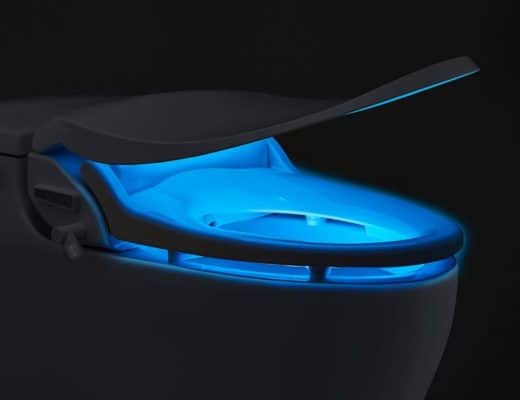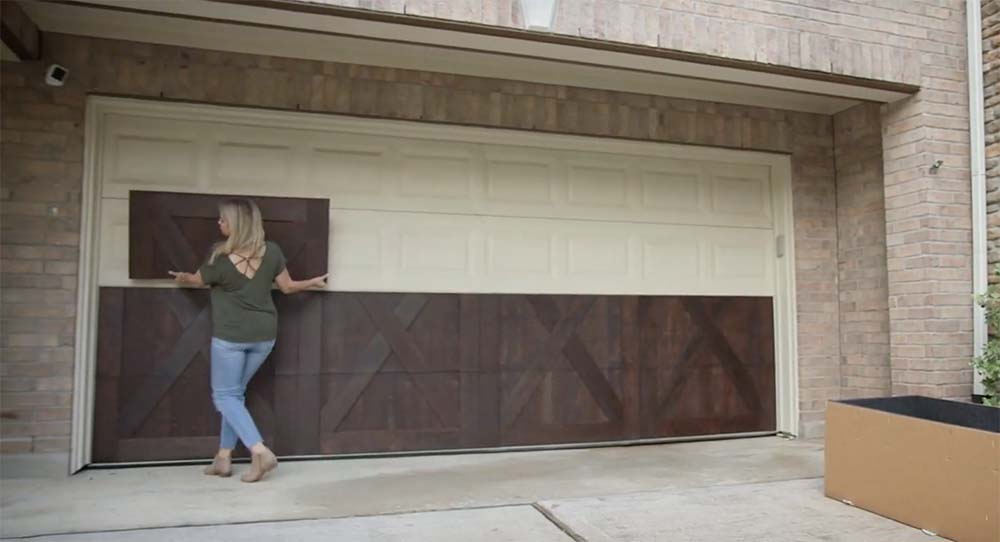Step 2: Identify the Source
Water damage has three categories that identify the source of the damage.
Category I is clean, potable (drinkable) water. This is water coming from an overflowing sink or bathtub, or perhaps from a broken water supply line or a fixture shut-off valve. This is the preferred source should water damage occur. Category I water poses minimal risk of contamination or respiratory danger.
Category II water is sometimes called “gray” water. It is certainly not drinkable but not full of sewage, either. Examples of Category II water are dishwasher run-off or washing-machine run-off. These sources contain soap and/or food contaminants but not raw sewage.
Category III water, sometimes called “black” water, is highly contaminated. It contains bacteria or chemicals harmful to touch, consume or inhale. Category III water must be removed by a professional with proper immunizations and personal protective equipment. Examples of Category III water are any type of sewer back-up, water that has run across open ground before entering the structure, or anything related to a chemical spill.
Once you identify the Category of water, immediately move to Step 3…
Step 3: Stop the Source
If the water is Category I or II, your next step is stopping the source. (If Category III, wait for a professional since exposure to contaminants is likely.) Be sure you know where your main shut-off valve is for your homes water supply and test it yearly to ensure proper function. If your leak is coming from an appliance or fixture with a shut-off valve upstream, turn this valve off instead of the water to the entire building.
If a large amount of sewage is coming out of a drain line continuously there is a blockage in the sewer line or the municipal sewer system is malfunctioning in your entire neighborhood. Immediately call your city’s waste water department and report the issue. They need to respond immediately to prevent the flow of sewage.
In Part III of this series, we will discuss preventing the spread of water damage and setting up effective drying systems for light water damage.
Water Damage
1. Check for Danger
2. Identify the Source
3. Prevention & Drying





No Comments